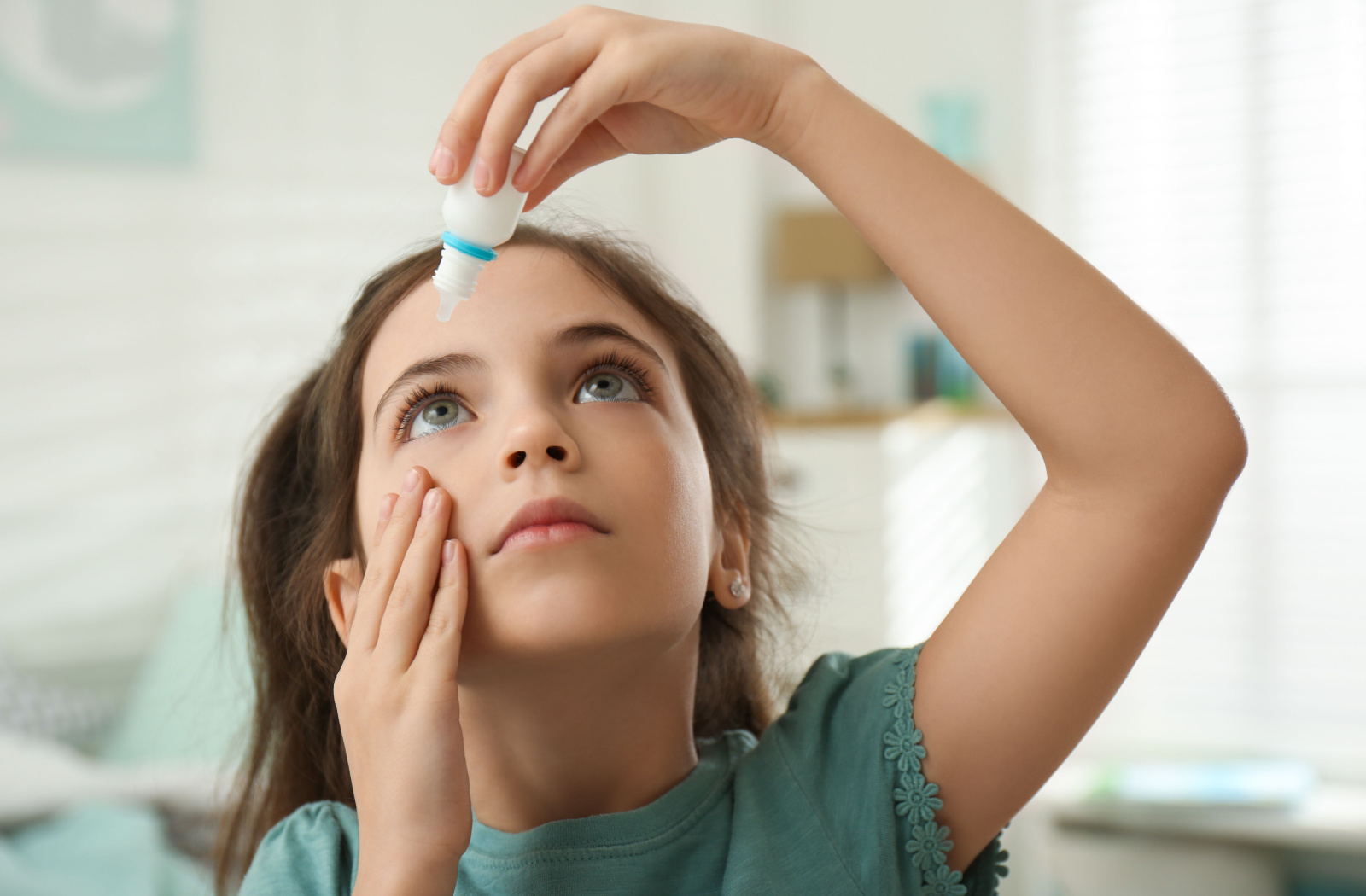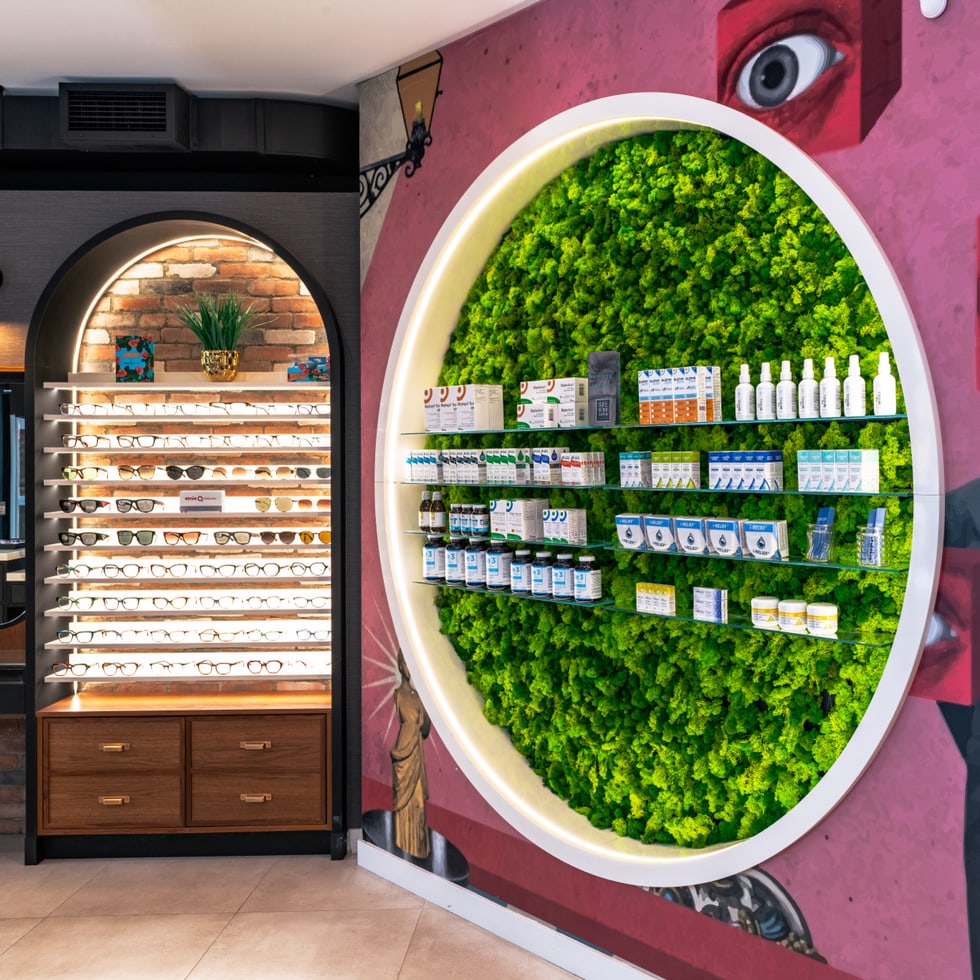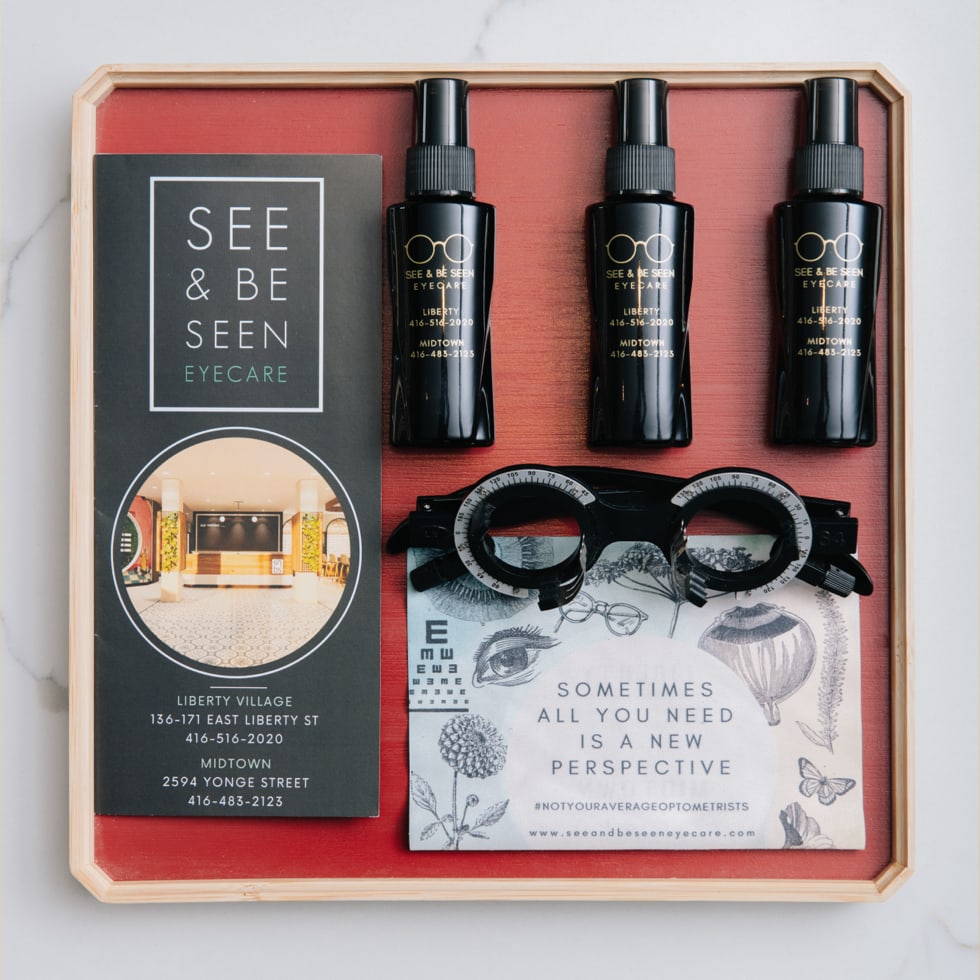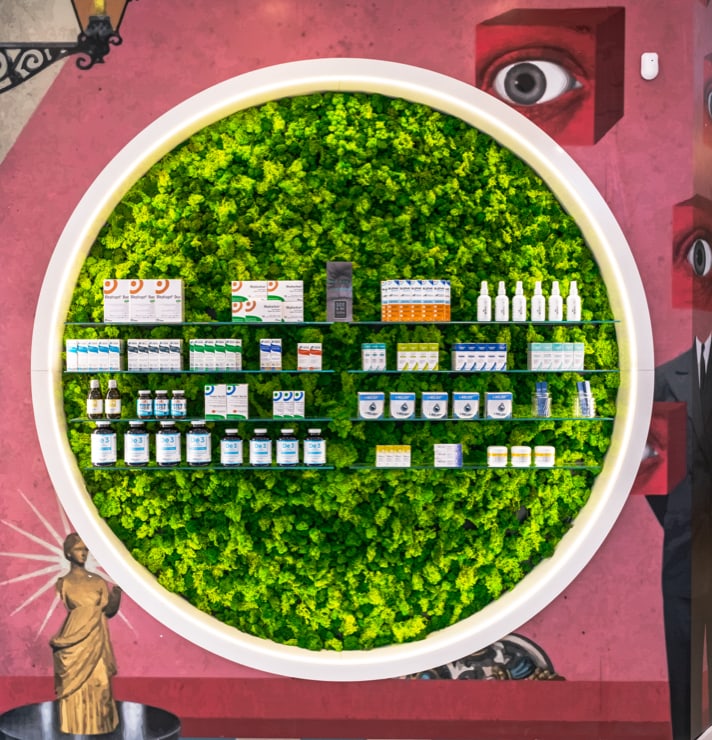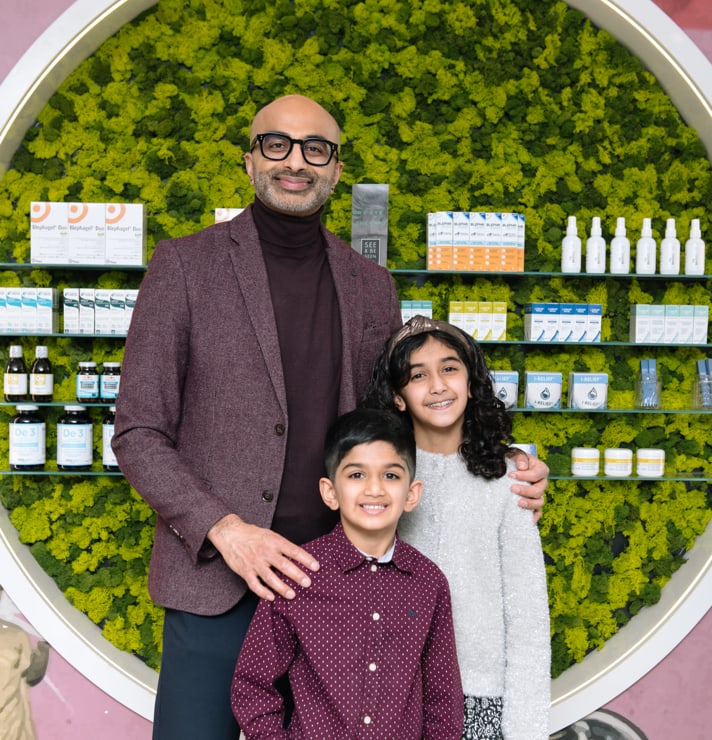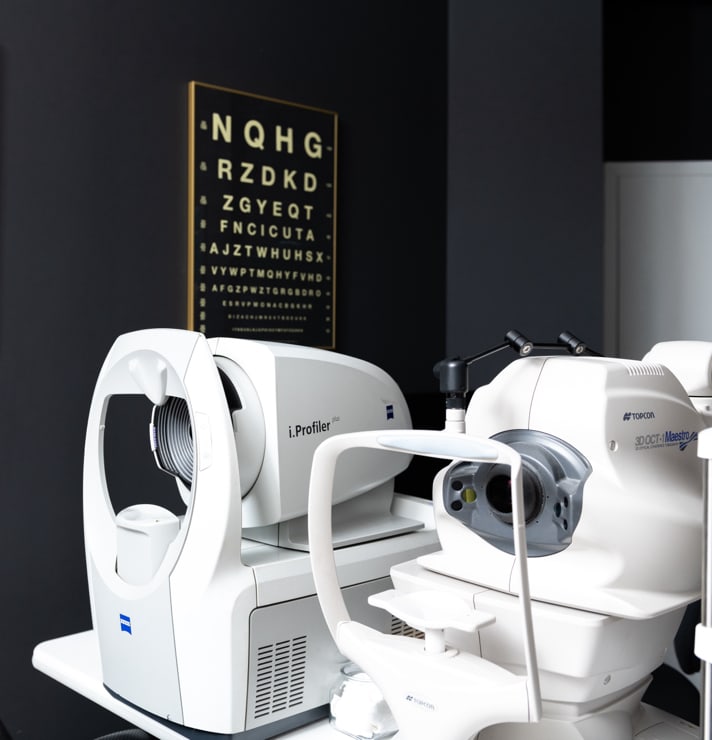As parents, you always want to preserve the health and safety of your children, especially when it comes to their eyes. Eye drops are common remedies for various eye conditions like redness, itchiness, and dryness. However, it’s normal to have concerns about the safety and effectiveness of eye drops for children.
Eye drops are generally safe for children, depending on what you’re trying to treat. If you have a particular eye concern, schedule a children’s eye exam for an assessment and proper diagnosis. Your optometrist may recommend prescription eye drops or over-the-counter versions to help preserve your child’s eye comfort.
You should consult your optometrist before putting any products in your or your child’s eyes to avoid complications and irritation.
Uses for Children’s Eye Drops
Plenty of eye drop options are safe for kids, but it depends on what symptoms you’re trying to relieve.
Eye Infections
Children are prone to spreading germs and bacteria at school and daycare, leading to infections like conjunctivitis, or pink eye. Antibiotic eye drops can treat bacterial eye infections to relieve the burning, itching, and redness.
When your child shows signs of an eye infection, visit your optometrist for a diagnosis and solutions. If the infection is viral, antibiotics won’t help, and they’ll make alternative recommendations.
Eye Dilation
One common use for children’s eye drops is to dilate the pupils during an eye exam. Eye dilation helps your optometrist examine the interior structures of the eye in detail, allowing them to detect certain eye diseases and conditions that can impact their vision.
Allergies
Allergies are a common cause of eye irritation in children, whether from pet dander, dust, or pollen. Redness, itching, and eye discharge are all symptoms that can be relieved with antihistamine eye drops.
These eye drops work by blocking the release of histamine—the chemical responsible for allergic reactions. Antihistamine eye drops are available over the counter, but it is always best to consult your child’s optometrist first to get a proper diagnosis and treatment plan.
Dry Eye
Dry eye syndrome is a condition in which the eyes do not produce enough tears, or the tears are poor quality, leading to dryness, irritation, and discomfort. While dry eye is more common in adults, it can also affect children.
Artificial tears, a type of lubricating eye drop, can help alleviate dry eye symptoms by supplementing the eye’s natural tears. These drops can be used as needed to relieve the discomfort of dry eye. If your child needs them more than 4 times per day, you should consider using preservative-free options to avoid eye irritation and redness.
Myopia Management
Myopia, or nearsightedness, is a common condition where distant objects appear blurry while near ones remain clear. Studies show that myopia is on the rise among children, and it is becoming a global concern.
Children’s eye drops with low-dose atropine have been identified as a promising treatment for this condition. Atropine eye drops work by temporarily paralyzing the eye muscles that are responsible for focusing. By doing so, the eyeball can stop growing excessively, reducing the severity of the developing myopia.
How to Use Eye Drops for Kids
Depending on your child’s age, they may be squeamish when applying eye drops. When administering eye drops for your child, try a few techniques to simplify the process.
- Reassure your child that while they might experience some discomfort, this treatment is taking place to ease their symptoms.
- Have your child lie down or tilt their head back while you gently pull down their lower eyelid to create a pocket.
- Hold the dropper above the eye socket and squeeze one drop at a time.
- Have your child blink a few times to spread the product evenly across the eye.
If your child can’t open their eyes, you can apply the drops to the inner corner of the eye, near the tear duct. Then, have them blink to help the drops roll in the eyes and spread across the eye’s surface.
You should always follow proper hygiene when working with eye drops and your child’s eyes.
- Wash your hands before and after handling eye drops.
- Don’t touch the bottle’s dropper to the eye or eyelid, or you risk contamination and bacteria entering the eye.
- Check the eye drops’ expiry date before administering the drops.
Safe eye drop application can prevent further irritation and support your child’s eye health.
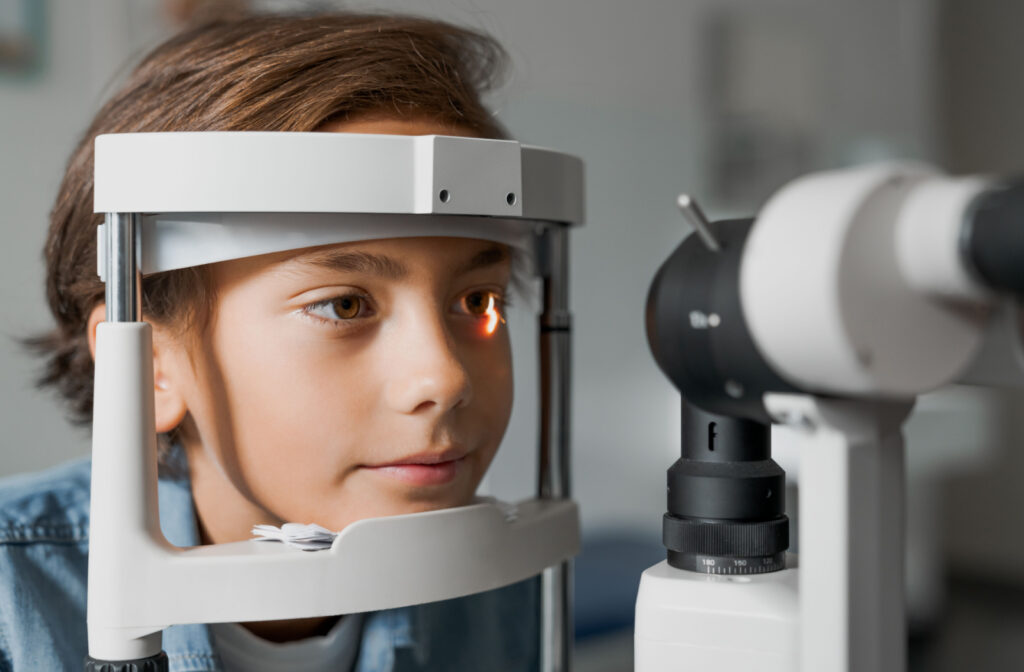
Get a Children’s Eye Exam for Further Treatment
When used correctly, eye drops can be a safe and effective remedy for children’s eye conditions. Not all eye drops are the same, and dry eye symptoms, allergies, infections, and vision problems all require unique treatment.
Schedule an eye exam for your child at See & Be Seen Eyecare and discuss their symptoms with your optometrist.
They may recommend eye drops or additional remedies to relieve eye problems and update their eyeglass prescription to help them see clearly and comfortably.

